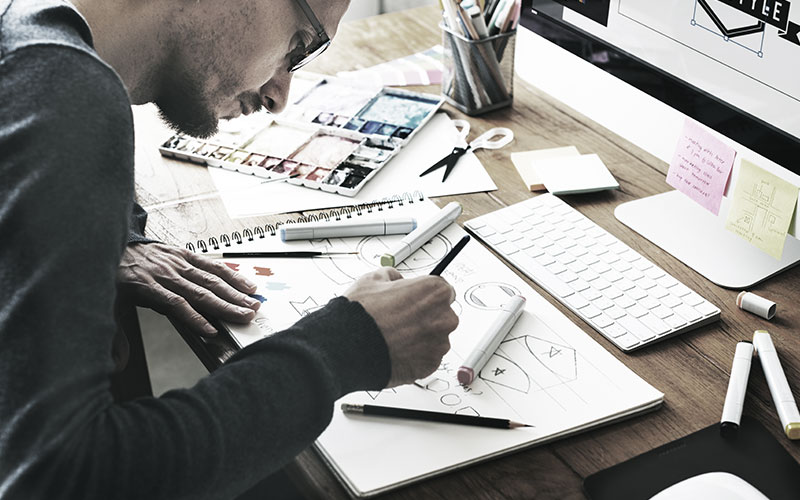In the past, online marketing has been heavily focused on keywords, meta descriptions, anchor text and just overall satisfaction of the algorithms. This focus has then rightfully shifted to the quality of content to provide the user with useful information regarding the subjects they are looking to have information on.
This in mind, the best way for a user to experience the content they are reading is to have a layout that is pleasing to the eye, yet not distracting from the content itself. For us web professionals, this means that the page will convert more, as interested users may be enticed to take the next step and reach out to the company that they are reading about or purchase the product they are looking up.
The algorithms themselves have been structured to “see the design” as it knows that the common denominator to most well designed web pages is a page sequence that is organized and easy for the user to follow along with.
“Good design is like a refrigerator—when it works, no one notices, but when it doesn’t, it sure stinks.”
This includes the placement of the images that accompanies the text, the headers, the content, outbound links.
Beyond the positioning of the structure is the design itself. Everything online is visual. Design concepts such as focal point, contrast, composition, and color theory are used by designer to bring about the desired effect in user behavior towards the goal of the page that is being displayed. For the most part, there are design trends that should be followed so that the user feels familiar with the page they are navigating. Creativity is often used as a way to be consistent to branding of the company, while neatly presenting the message of the webpage.
People like good designs. And if the page is laid out well enough, it will be visually pleasing while presenting the content in an easy to read format. A page that seems very word-heavy can overwhelm a person and upon glance may compel the user to bounce off of the page. A good designer can take that same content, and create well designed sections within the page to keep the user engaged while reading the content section by section.
The content is there to be read. A well designed page will decrease the bounce rate by providing an eye pleasing composition to engage the user to its content. This will ultimately lead to less bounces, more comprehension of your message, and ultimately an increase of your conversions.





